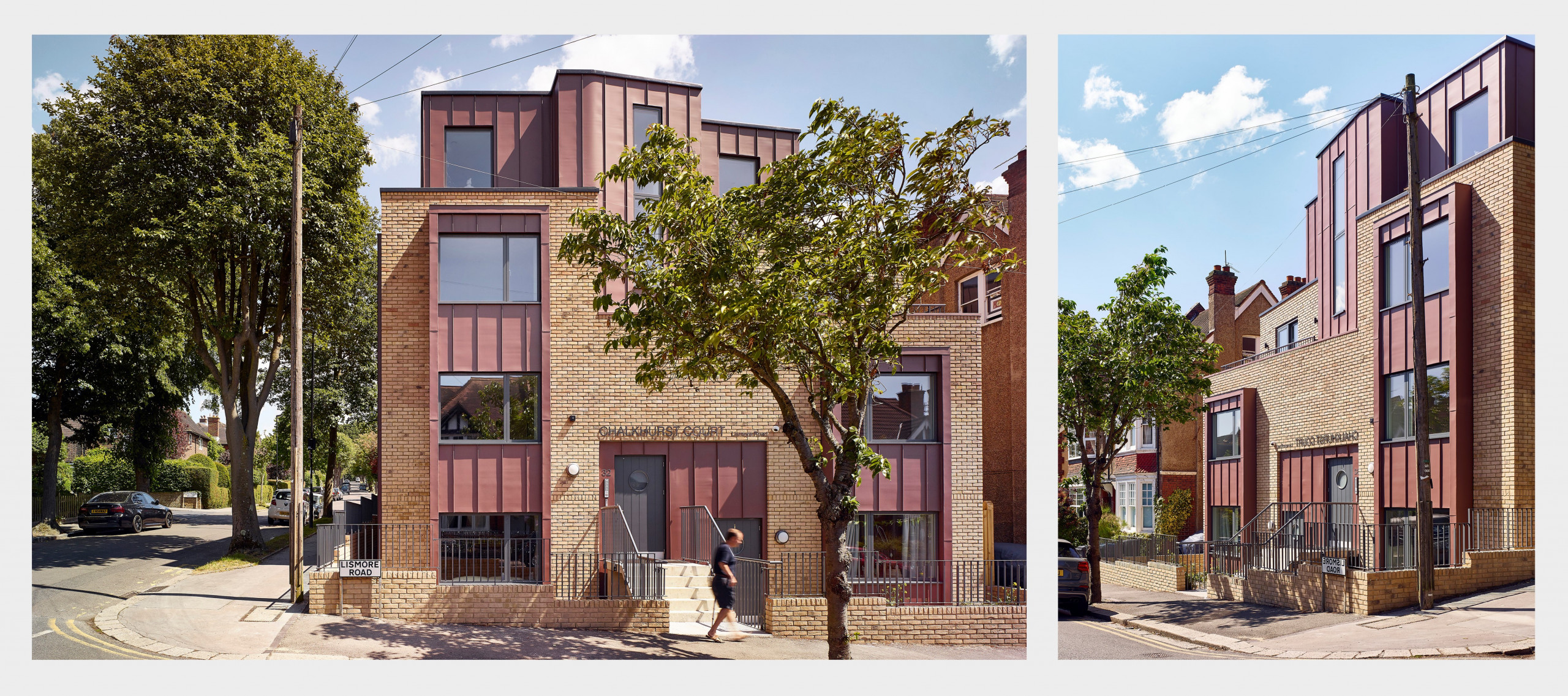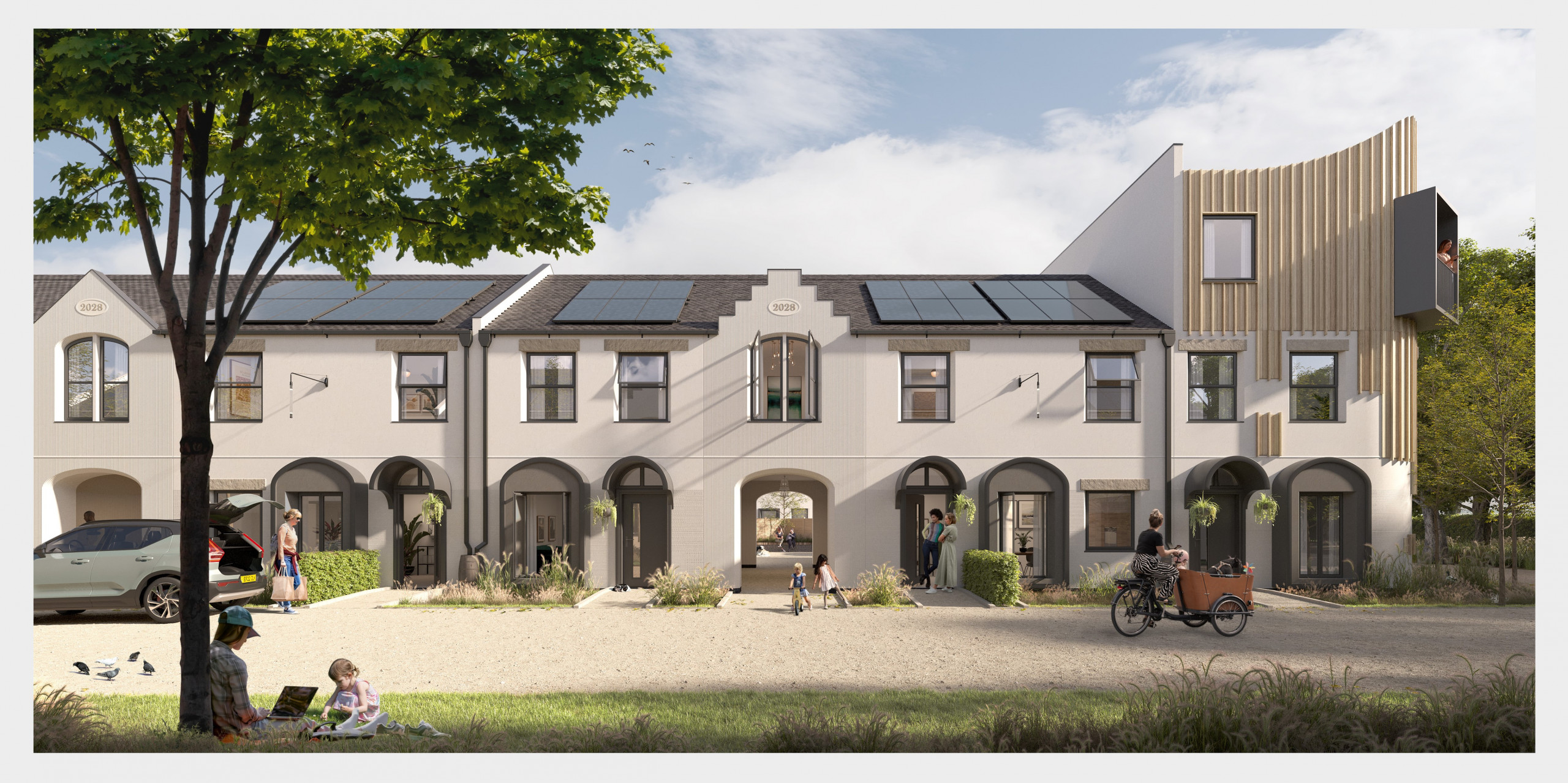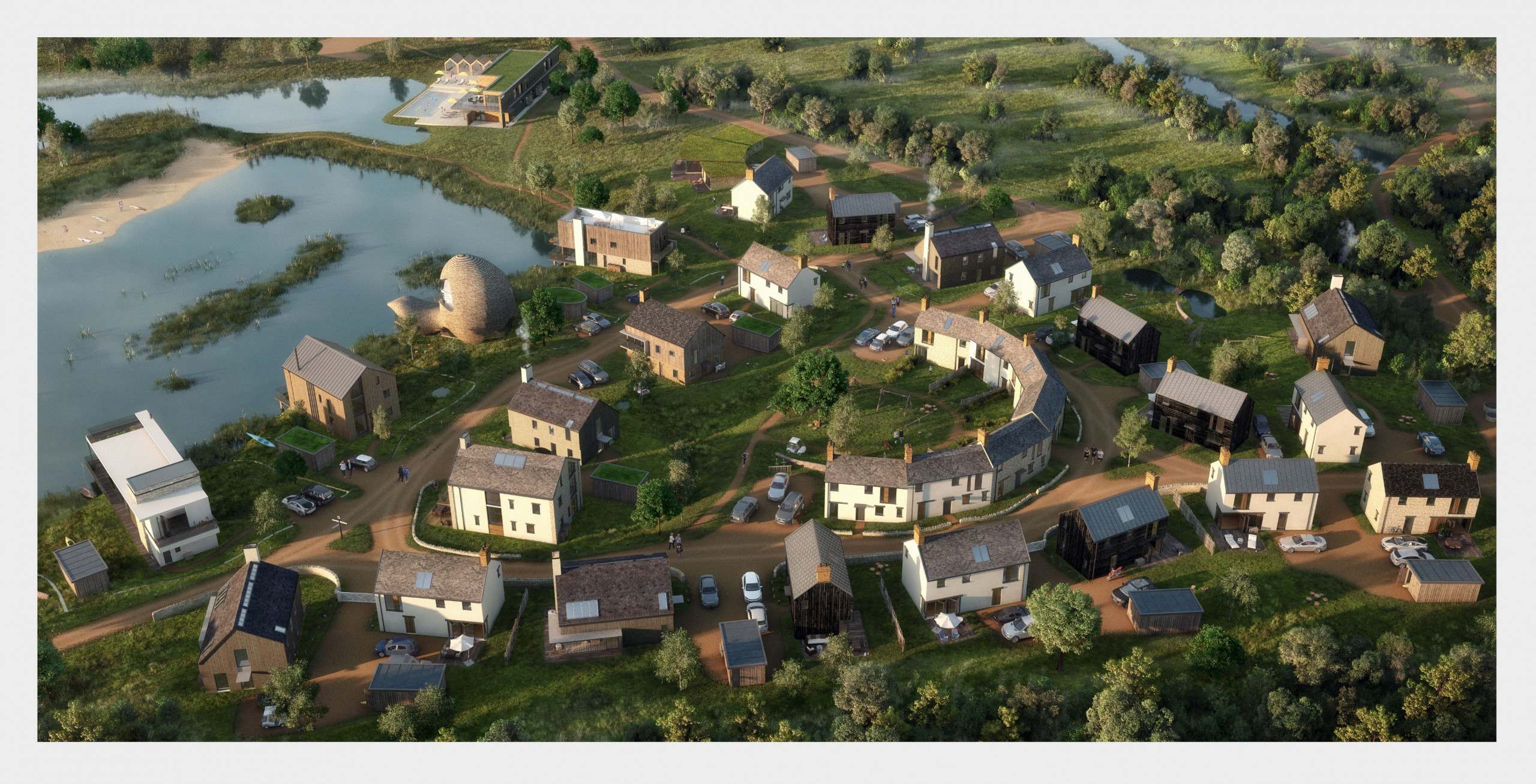Tate + Co recently hosted a round table debate to explore ‘Why are small sites big news for housing?’ where we asked a number of industry experts to help us solve the issues surrounding the delivery of housing on small sites in the UK. We took these ideas and have collated both the scale of the challenge and the opportunities moving forward into the following summary.
As the UK Government sets an ambitious target of building 1.5 million homes over the next five years, one of the most significant and underused opportunities lies hidden in plain sight: small sites. Defined variously in planning policy – from sites under 1 hectare in the National Planning Policy Framework (NPPF) to under 0.25 hectares or 35 homes in the London Plan – small sites could play a transformative role in meeting our national housing needs. But realising their potential will require a fundamental rethink of how we plan, fund and deliver housing at this scale.
The scale of the opportunity is striking. In London alone, the 2017 Strategic Housing Land Availability Assessment (SHLAA) estimated that small sites could deliver up to 250,000 homes over ten years, which is nearly a third of the target for the capital. Boroughs like Harrow have followed suit, identifying thousands of homes that could be delivered on small plots. Beyond sheer numbers, small sites offer critical regeneration benefits, breathing new life into derelict corners of our towns and cities, improving density to support local services and offering greater agility in delivering homes quickly.
National planning policy has recognised this, with the NPPF now requiring that 10% of housing allocations be on small sites. However, policy recognition hasn’t translated into practical delivery. Far from being easier, small sites are disproportionately difficult to develop.
Image above: Chalkhurst Court, South London. Photography: Kilian O’Sullivan
Why small doesn’t mean simple
The biggest issue facing small sites is viability. High land costs and high build costs, combined with the need to meet the same complex planning regulations as larger developments, mean the financial margins are extremely thin. Biodiversity Net Gain, parking standards, urban greening and play space requirements may all be well-intentioned but when applied without flexibility to small sites, can make schemes unworkable.
This is especially problematic for SME housebuilders, whose role in the market has been steadily shrinking. In the 1980s, SMEs delivered around 40% of new homes. Today, that figure stands closer to 10%. Bureaucracy and uncertainty are major deterrents. A small 15-home scheme often takes as long to get planning approval as one with 50 homes. Add to that a Section 73 application for any minor layout tweaks, and the whole process becomes unreasonably burdensome.
And it’s not just planning. Funding for small schemes is complex and opaque, with many SMEs unaware of available grants or struggling to structure projects in financially viable ways. Even when planning is secured, build-out can falter due to contractor insolvency, lack of capacity or sheer exhaustion from navigating a convoluted process.
Image: Knutsford, Cheshire. Image: Courtesy of Virtual Planit
A smarter, more agile system
So how do we unlock the value of small sites? First, we must simplify the system. A two-tier planning framework that distinguishes between large and small developments would allow for greater flexibility and faster approvals on smaller schemes. This doesn’t mean compromising on quality or sustainability but rather tailoring requirements to the scale of the development.
Second, we need to aggregate. Small sites often suffer from a lack of critical mass. By grouping sites under a coordinated umbrella many of the risks and constraints can be managed collectively. This type of aggregation enables better procurement, supports modular or factory-based construction and unlocks economies of scale, making development more attractive for SMEs.
Third, we must invest in education and support. Local authorities, planners, contractors and funders need to be equipped with the right tools and training. We also need to empower SMEs with knowledge on planning policy, funding mechanisms, sustainable construction and navigating legal complexities. This is especially true as regulation evolves at pace, leaving many smaller players behind.
Finally, long-term funding certainty is crucial. Whether through Homes England, council grants or private finance, funding streams for small site development must be simplified, reliable and tailored to the unique cash flow challenges of SME builders.
Image: Lower Mill Estate.
The role of local authorities and technology
Local authorities are uniquely placed to drive this change. Many own large portfolios of small and undeveloped sites. They also have broader public interest goals: supporting SME growth, enabling community-led housing and achieving local regeneration. But councils need adequate funding and staffing to act as coordinators and enablers of small site delivery.
Technology can also play a part. AI-powered planning tools could streamline the validation and assessment process, particularly for routine and small-scale schemes. Digital masterplanning can help group and visualise multiple small sites, identifying shared opportunities and optimising land use across a wider neighbourhood.
A call for collaboration
In the end, the success of small site delivery hinges on collaboration across the system. Planners, politicians, developers, designers, funders and communities must align behind a shared ambition. That starts with acknowledging the strategic value of small sites, not just for housing numbers but for creating more walkable, sustainable and resilient urban environments.
The sites, ambition and funding (though complicated) are there. What’s missing is a system designed to make it all work. With modest reforms, smarter delivery models and a more enabling planning framework, small sites could become a big part of solving the UK’s housing crisis.
We look forward to continuing the conversation at LREF, the London Real Estate Forum taking place on 17 September at Guildhall, London.
Interestingly straight after our discussion the UK Government announced a raft of measures to support smaller housebuilders, some of which are very aligned with the above concepts. These new measures will be in place from May 2026 and we hope they help get small sites really contributing to the housing delivery that the UK needs.
Very many thanks to the attendees and contributors to the debate:
Chantelle Williams – Land and Partnerships Director, Vistry South West Midlands
Daniel Murray – Head of Economic Development, Bromley Council
Faisal Butt – Head of Portfolio, L&G Affordable Homes
James Masini – Principal, Inner Circle Consulting
John Reid – Managing Director, Herts Living
Mark Powell – Managing Director, EDAROTH
Michael Anderson – Partner, Calfordseaden
Mike Axon – Director, SLR
Penny Moss – Director, Avison Young
Sharon Strutt – Assistant Director of Regeneration, London Borough of Harrow
Sophie Parker-Loftus – Studio Director, Planit
Jerry Tate – Director, Tate + Co Architects (Chair)
Rebecca Hall – Architect, Tate + Co Architects
For more information, the edited transcript of the debate Why are small sites big news for housing? can be found in our Knowledge Hub.






